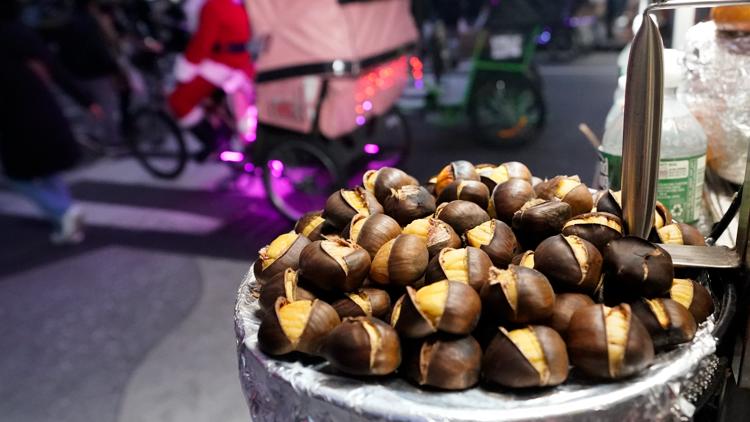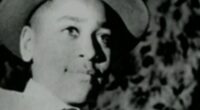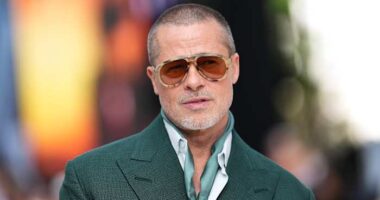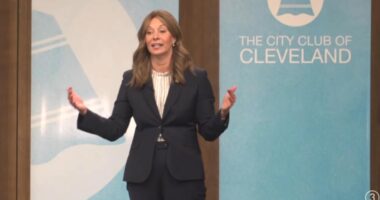
Memories of the American chestnut’s legacy keep resurfacing for the researchers who want to bring it back.
Long ago, street vendors used to sell American chestnuts in cities. The American chestnut is now almost extinct and no longer fills the air with its Christmas-like scent, commonly associated with bustling street corners and holiday festivities.
Although the American chestnut tree is rare, researchers are determined to revive it due to its historical significance. Many recall its wood used in their grandparents’ homes and schoolrooms or remember seeing men in old Baltimore selling hot chestnuts cooked over charcoal fires.
Sara Fern Fitzsimmons, the chief conservation officer at The American Chestnut Foundation, emphasizes the tree’s deep connection to people’s lives and its crucial role in daily activities. The foundation is dedicated to bringing back the American chestnut tree to its former glory.
Fitzsimmons said that will likely take a lot longer than many chestnut enthusiasts had hoped. Researchers have hit roadblocks with attempts to breed or genetically modify a version that can withstand the invasive blight that has hammered the species since the early 1900s. If and when they do find the right variety, they’ll need to figure out how to plant it and help it thrive in forests that are under pressure from climate change, globalization and development.
Once a hallmark of forests from Georgia to New England, American chestnuts now exist mostly as a vast network of root systems underground, sending up shoots. They grow for a time, but the fungal blight takes hold when the trees start maturing. East Asian varieties, like those that introduced the blight in the first place, are immune to the blight, and produce most of the edible chestnuts for fall and winter snacking.
Still, American chestnut trees are better suited for timber, they’re culturally loved by people all over North America and they used to be an important species for the ecological health of forests, providing a reliable source of nutritious food and shelter for wildlife and humans alike. “It was really a pretty significant species to lose,” said Amy Brunner, an associate professor at Virginia Tech who works on the tree’s genetics. “The more diversity you lose, the less resilient that forest ecosystem is.”
The American Chestnut Foundation, among others, has been trying for decades to breed a hybrid that is mostly American in genetics but with the fungus-fighting traits of the Chinese type. Fitzsimmons said breeders have learned just how difficult that is — blight resistance involves several different genes and it has proven hard to separate them from the traits that distinguish Chinese chestnuts.
To speed the process, some scientists have been working on genetically modifying American chestnuts to see if they can boost their immunity that way instead. But progress was delayed by a recent mix-up involving two versions of a genetically modified American chestnut that scientists at State University of New York had hoped could get through the regulatory process as soon as this year.
“It kind of stinks that it happened because now it’s taking a little bit longer than we had hoped,” said Linda McGuigan, a research support specialist at the university. But scientists there and elsewhere are continuing to pursue many avenues.
“I don’t think you will get there, to all you desire, without both,” Brunner said, referring to the two main methods of breeding and genetic modification. Breeding is vital for achieving enough genetic diversity for trees to adapt to a changing world, she said, but added that she thinks some genetic manipulation will be needed to get to enough blight resistance for American chestnuts to stand a chance.
Meanwhile, other scientists are working on projects to tackle another big challenge ahead for chestnuts: where to plant them. If a successful tree is cobbled together with genes taken from trees from Tennessee to New York, where would it have the best chance at surviving, given how a warming planet is changing habitat around the world?
A team at Virginia Tech published a paper this summer to try to answer that question. They looked at 32 climate variables and compared them to projected future climates, then calculated the shortest distance that regionally specific American chestnuts would have to move to offset warming. The idea was to one day help them survive a new climate while keeping them as close as possible to where they once thrived.
“I don’t think it’s hyperbolic to say it’s revolutionary” for teams at The American Chestnut Foundation, said Fitzsimmons, who contributed data to the project. She said the project will help them better figure out where to collect genes from the immature trees that remain across the country.
Tom Kimmerer, a forest scientist who taught at the University of Kentucky, is working on a book about trees including the American chestnut. Kimmerer, who was not involved in the research, called it “robust and well supported” and “critically important to the success of the chestnut.”
Stacy Clark, a research forester at the U.S. Forest Service, said the findings are useful, but added that they need to be backed up with real-world experiments. “I think with advancements in genetics, they can probably get pretty fast data off of those field trials. But still, all of that takes time and effort, right?”
For now, forest scientists know their work might not pay off in their lifetimes. It’s a lesson that became clear for the community when pioneering chestnut restoration experts Bill Powell and Chuck Maynard both died in the past 13 months. McGuigan supported both of their research for years as lab manager at SUNY’s college of environmental science and forestry.
“The project moves on, lives on. And we honor their memory,” McGuigan said. “I want to do something good for the future, for my children.”

















